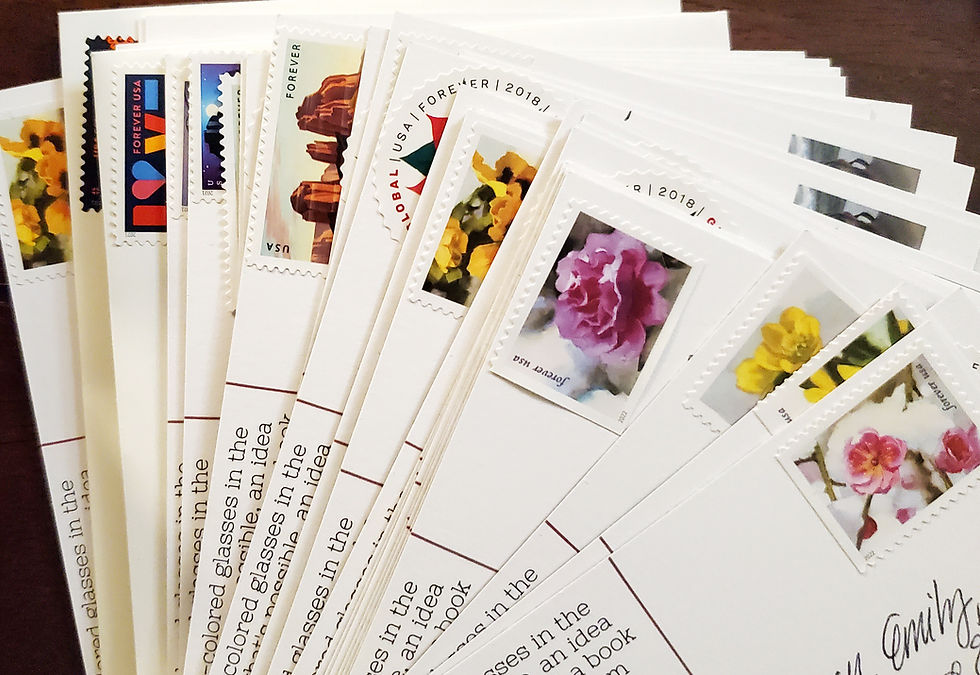Facilitation template for your next workshop or course planning sitch
- bethann29
- Feb 25
- 3 min read
Updated: Sep 19
This detailed template can help you look (and feel!) like a facilitation pro.

Last week I suggested we all dig ourselves out of our doomscrolling purgatory loops and find our way back to actions that help us find meaning in our lives and communities.
One of the central ways I do that is by developing and sharing tools that help people accomplish what they are trying to do to make a difference in the world.
In a lot of these cases, people are trying to share science more effectively. Or they are doing work I also do: trying to help scientists and science-trained professionals to share science ethically and meaningfully. Frequently, our efforts to do so involve trainings, workshops, or courses. Planning to deliver these types of learning opportunities for others is no small task. There are a lot of logistics that need to run smoothly alongside the nuanced, important work of effectively helping someone learn something.
So, this week I’m sharing a simple tool that has saved me countless hours of starting from scratch. It has also helped me look (and feel!) like I know what I’m doing while supporting the learning and professional development of hundreds of school groups and nearly 6,000 adults.
I’ve been using some version of this kind of lesson/facilitation plan since 2005, when I first apprenticed (though we didn’t call it that) with the expert educators at a community-based, watershed ecology nonprofit in Montana. Over the intervening two decades, I’ve refined this template to work for facilitating/teaching any age group. But the template has it’s foundations in the fundamentals of lesson plan development often used in K-6 environments and in informal education settings for children and families. If you’re interested in a robust overview of how to plan an educational experience (starting with articulating your end goals!!!), look into Backwards Design and Universal Design for Learning. Both conceptual frameworks have both popular and technical literature and books explaining them in valuable detail.
These frameworks frequently talk about SLOs [1]-- student learning objectives. If you’re familiar with these for course-based lesson planning, it’s worth remembering the same consideration is worthwhile for informal trainings for any learner/participant group.
Using this template, you will develop yourself a detailed, timed-to-the 5-minute-increments, and lightly or even heavily scripted plan for your instruction. Doing so helps you gauge whether you're trying to do too much in the time available to you. Using a planning process like this also provides you distinct blocks of time/activity that you can reconfigure on the fly if you need to shorten or expand activities to fit the available time.
You can access the template on my website, here. And, I’d love to hear about it if you use it.
[1] SLOs are learner-focused statements reflecting what a student will be able to do as a result of an instructional activity. The same principle is relevant regardless of the age or context of the learning activity you’re planning. Each outcome statement should start with a measurable action verb that indicates the level of learning, followed by a precise description of the learned behavior, knowledge, or attitude (source). Consensus around SLOs these days indicates that good (effective, meaningful, assessable) SLOs are: brief, clear statements of observable outcomes that emphasize skills that are relevant and significant to students’ lives, society, and/or one’s discipline (source).
Keep in mind that an SLO is something that can be assessed (is measurable) for awareness, proficiency, competency, or excellence. SLOs are not topics. Thus, they need to be written akin to the department-level SLOs you might already be familiar with for your degree programs. That is, they need to be written as ability statements with verbs and actions.
Here is my favorite resource/example (don’t worry, it’s brief).
If you’d like additional examples, here are a few others:
Here are some brief examples of SLOs before and after they were revised to be more measurable and assessable.
This 2-page guide from the AAFP may also be helpful (downloads as a PDF).
I also like the University of Wisconsin’s recommendations and examples.





Comments